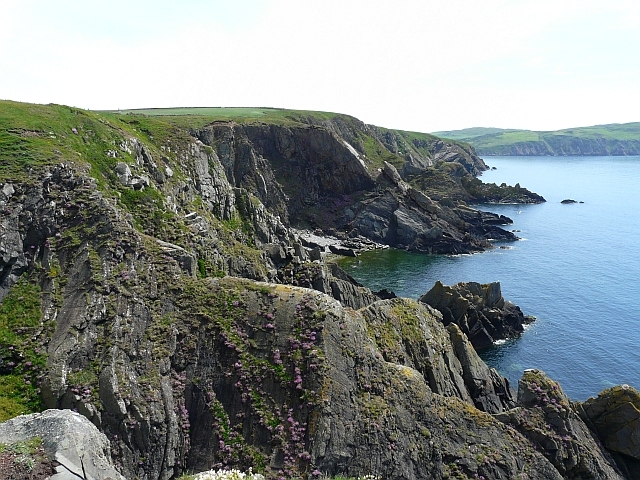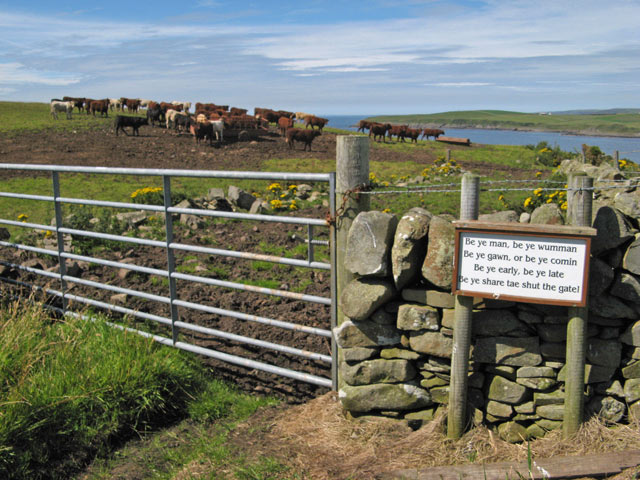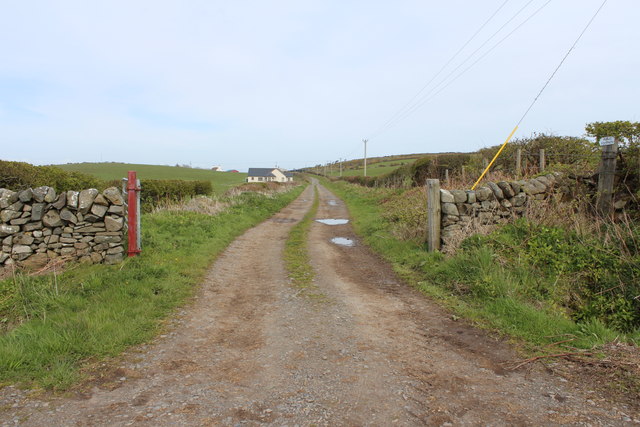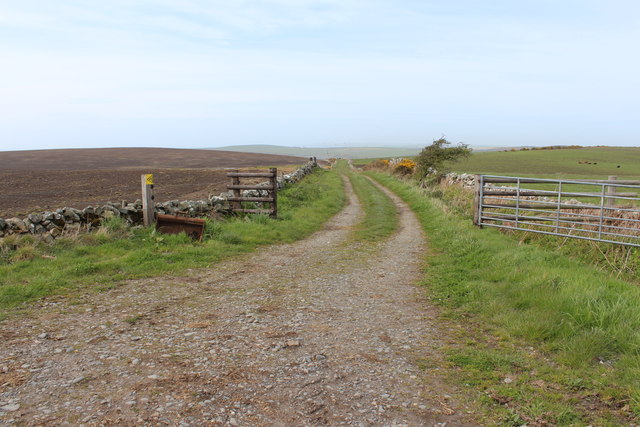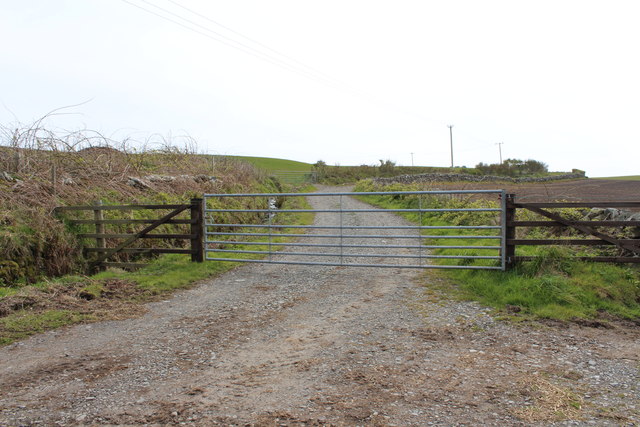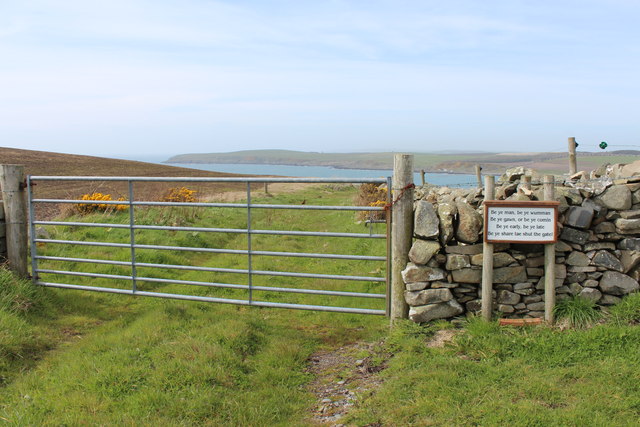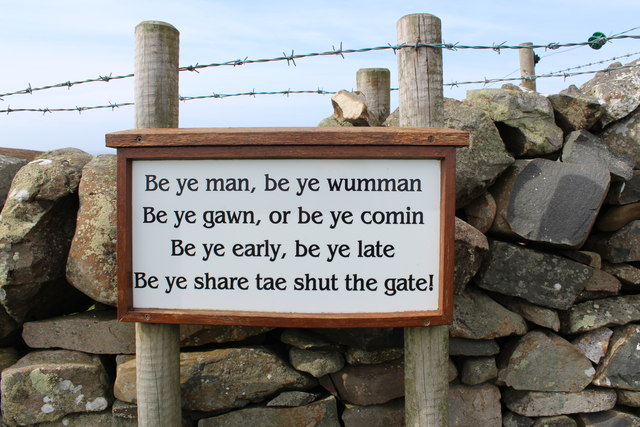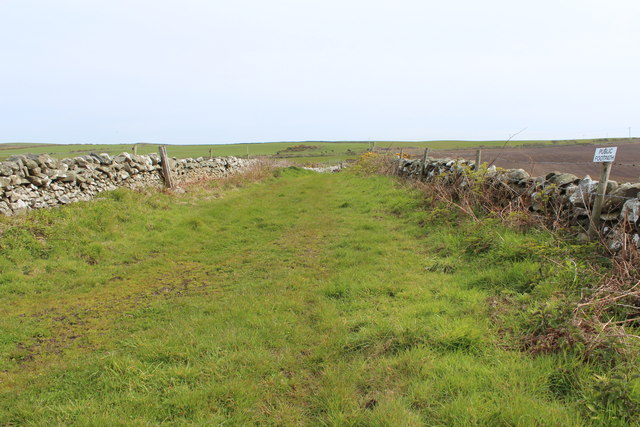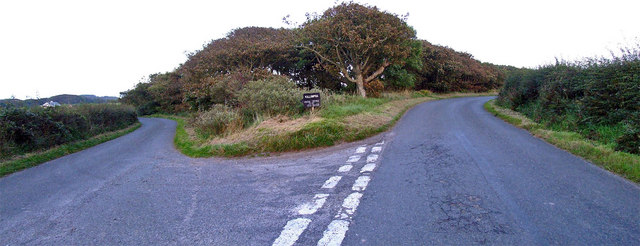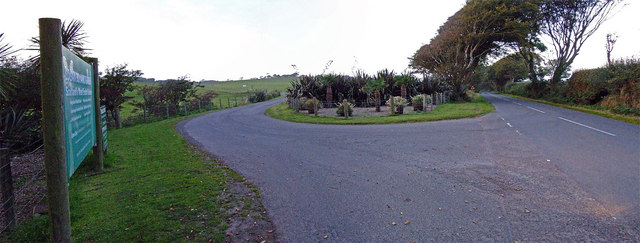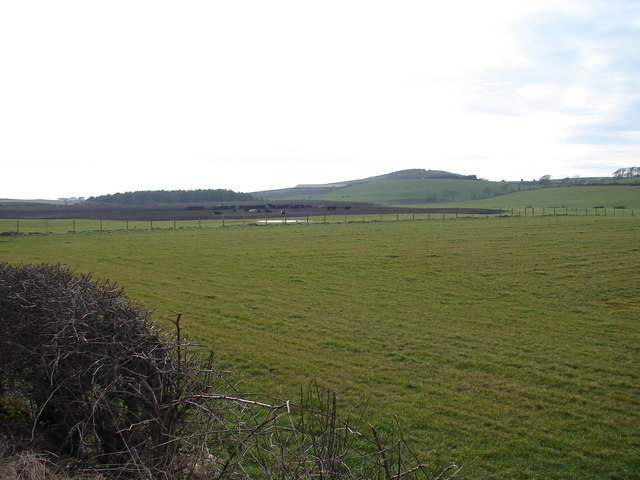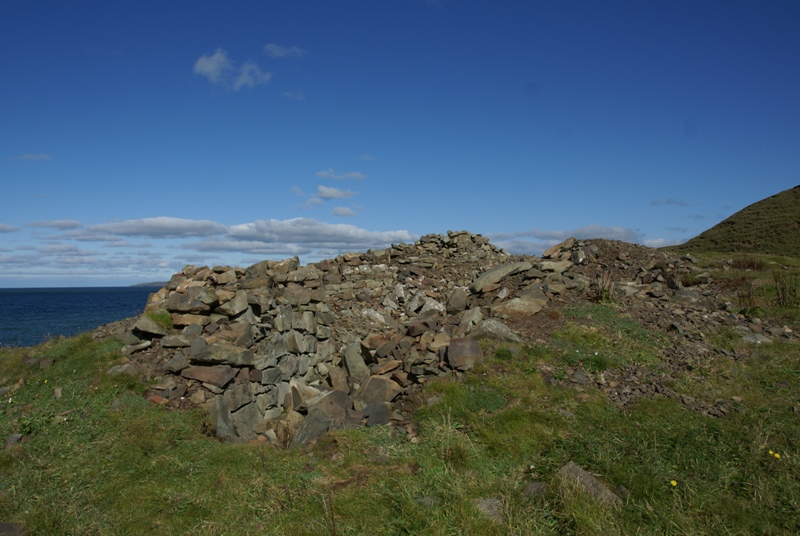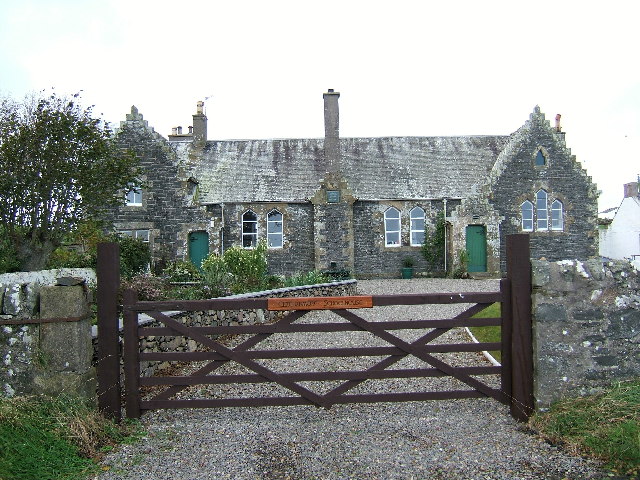Portavaddie
Bay in Wigtownshire
Scotland
Portavaddie
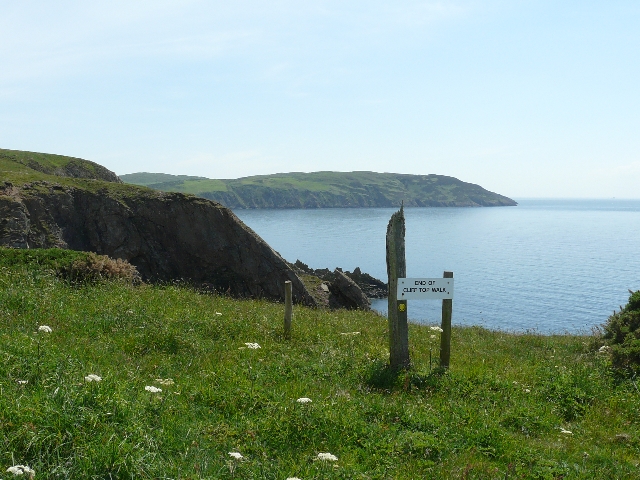
Portavaddie is a charming coastal village located in Wigtownshire, Scotland. Situated on the shores of the serene Luce Bay, it offers stunning panoramic views of the surrounding landscape. This idyllic village is known for its natural beauty and tranquil atmosphere, making it a popular destination for nature enthusiasts and those seeking a peaceful getaway.
The village is characterized by its picturesque sandy beach, which stretches for miles along the bay. This sandy haven is perfect for sunbathing, picnicking, or taking leisurely walks while enjoying the refreshing sea breeze. The bay itself is a haven for various species of birds and marine life, making it a paradise for birdwatchers and wildlife enthusiasts.
Portavaddie has a close-knit community, with a small population of friendly locals who contribute to its warm and welcoming atmosphere. The village boasts a few amenities, including a cozy pub serving delicious local cuisine and a small convenience store for daily essentials.
For those interested in exploring the area's history, Portavaddie is home to several historical sites and landmarks. The nearby ruins of Luce Castle and the Wigtown Martyrs Monument offer glimpses into the region's rich past.
Overall, Portavaddie, Wigtownshire, is a hidden gem on the Scottish coast. Its natural beauty, peaceful ambiance, and friendly community make it an ideal destination for those looking to relax, unwind, and connect with nature.
If you have any feedback on the listing, please let us know in the comments section below.
Portavaddie Images
Images are sourced within 2km of 54.730694/-4.9674036 or Grid Reference NX0941. Thanks to Geograph Open Source API. All images are credited.
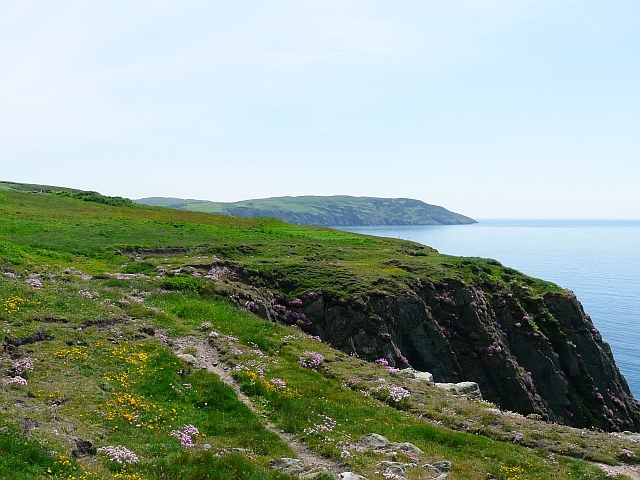
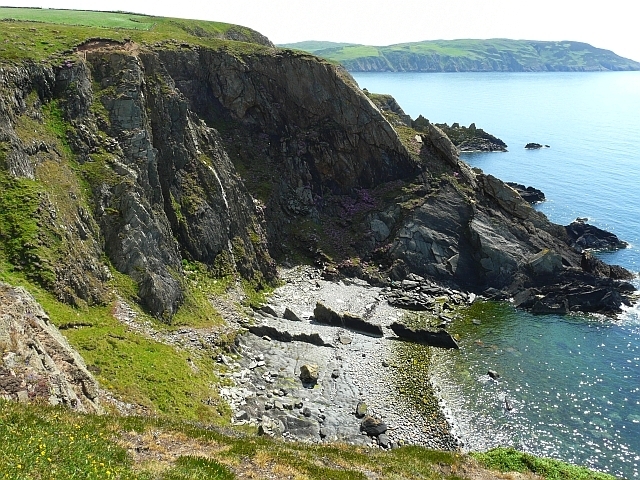

Portavaddie is located at Grid Ref: NX0941 (Lat: 54.730694, Lng: -4.9674036)
Unitary Authority: Dumfries and Galloway
Police Authority: Dumfries and Galloway
What 3 Words
///handbags.flush.exhale. Near Drummore, Dumfries & Galloway
Related Wikis
Port Logan
Port Logan, formerly Port Nessock, is a small village in the parish of Kirkmaiden in the Rhins of Galloway in Wigtownshire. The Gaelic name is Port Neasaig...
Logan Botanic Garden
Logan Botanic Garden is a botanical garden near Port Logan on the Rhins of Galloway, at the south-western tip of Scotland. The Botanic Garden was established...
Doon Castle Broch
Doon Castle Broch is an iron-age broch located in Dumfries and Galloway, Scotland (grid reference NX 06702 44683). == Location == The Broch is located...
Ardwell
Ardwell (from Gaelic Àrd Bhaile meaning "high town", pronounced as "Ardwell") is a village in the Scottish unitary council area of Dumfries and Galloway...
Clachanmore
Clachanmore is a village in the South Rhins of Galloway near Ardwell in the south west of Scotland. It has also been known as Low Ardwell.The name of the...
Kirkmaiden
Kirkmaiden is a parish in the Rhins of Galloway, the most southerly in Scotland; the present Church of Scotland parish has the same name as and is approximately...
Kirkmaiden (village)
Kirkmaiden (sometimes Maidenkirk; Scottish Gaelic: Cill M'Eudan) is a small settlement in Galloway, Scotland, located approximately 17 miles (27 km) south...
Drummore
Drummore (drum-ORE; (from Gaelic An Druim Mòr meaning "the great ridge") is the southernmost village in Scotland, located at the southern end of the Rhins...
Nearby Amenities
Located within 500m of 54.730694,-4.9674036Have you been to Portavaddie?
Leave your review of Portavaddie below (or comments, questions and feedback).
